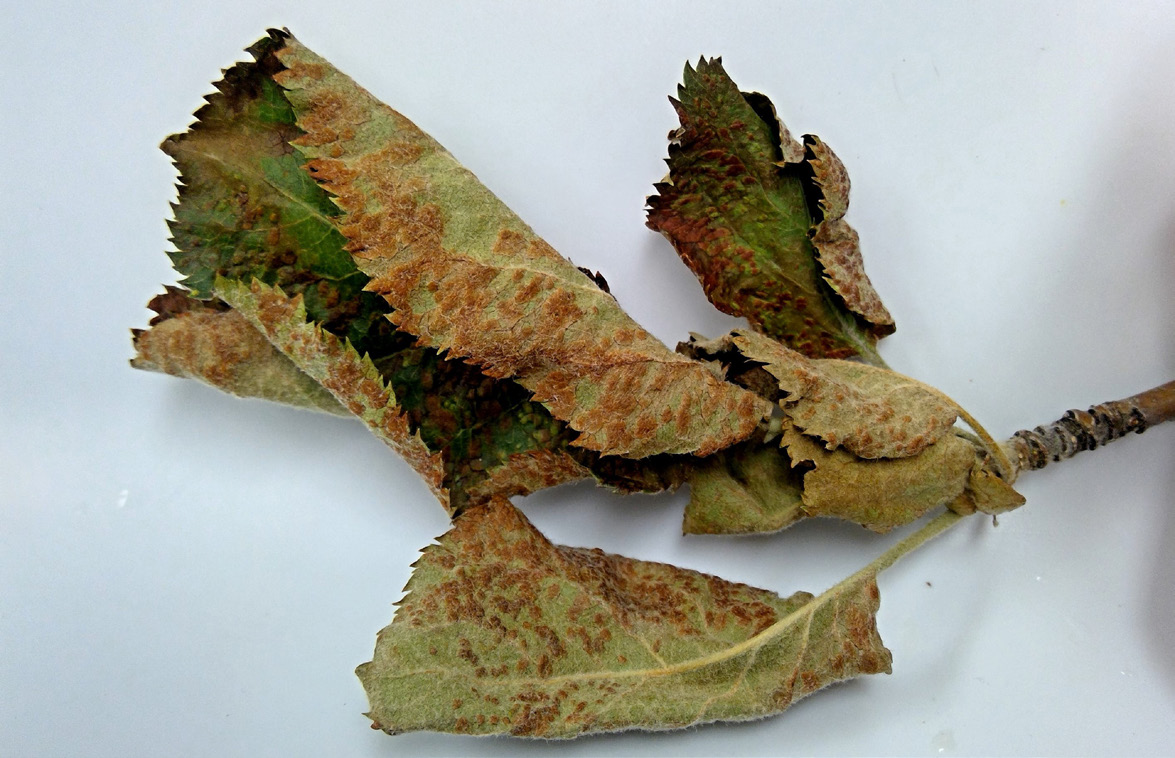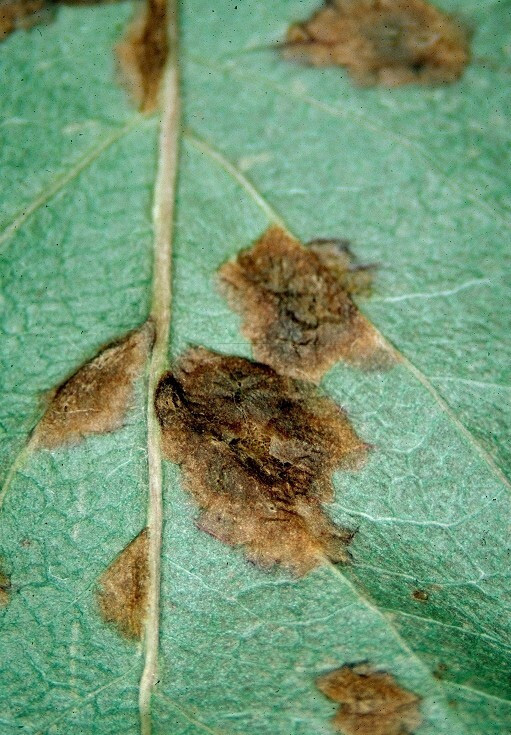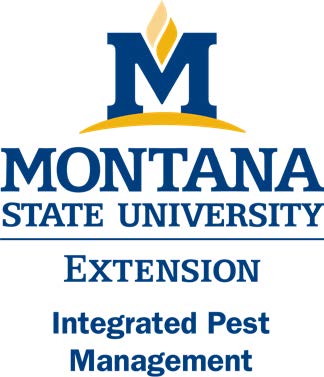Blister Mites
Scientific Name: Phytoptus spp.

Fig. 1. Blister-like galls from blister mites. Photo by Laurie Kerzicnik
Hosts:
Apple, crabapple, pear
Damage/symptoms:
Eriophyid mite feeding creates a “blister” on the leaf surface, and the mites reside within this protected area.
Life cycle:
The mites overwinter as adults beneath bud scales. When the buds start to grow in the spring, mites attack the emerging leaves. Their activity increases in the summer with two-three generations per year.

Figure 2. Blister-like galls on the underside of an apple leaf. Photo by Cranshaw, Bugwood.org
Management:
The mites normally do not affect the health of the tree. If it is just a small portion of damaged leaves, prune and dispose of them. Eriophyid mites are also controlled naturally by predatory mites, predatory thrips, and minute pirate bugs later in the summer.
Chemical:
-Once visible galls are formed, it is difficult to effectively treat blister mites.
-A dormant oil can be applied prior to bud break.
-Neem oil, insecticidal soap, and sulfur are reduced-risk chemical options and can
be applied following bud break and during the summer.
-Miticides and insecticides with the active ingredients abamectin, bifenthrin, carbaryl,
deltamethrin, malathion, permethrin, and imidacloprid are broad-spectrum insecticides
that can be used as a last resort for heavy infestations but are generally not recommended
(they often kill beneficial insects and predators of mites, which can increase
populations of the blister mites).
-Make sure to follow the label (especially temperature restrictions for applying horticultural
or neem oil).
By Laurie Kerzicnik lauren.kerzicnik@montana.edu

Disclaimer: These recommendations are provided only as a guide. It is always the pesticide applicator’s responsibility, by law, to read and follow all current label directions for the specific pesticide being used. Due to constantly changing labels and product registration, some of the recommendations given in this writing may no longer be legal by the time you read them. If any information in these recommendations disagrees with the label, the recommendation must be disregarded. No endorsement is intended for products mentioned. The authors and Montana State University assume no liability resulting from the use of these recommendations.
